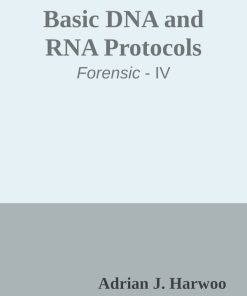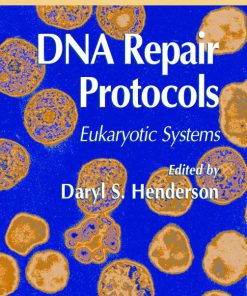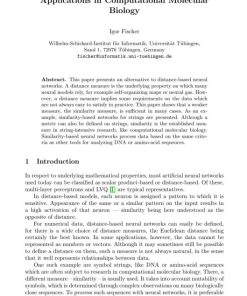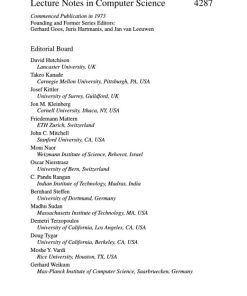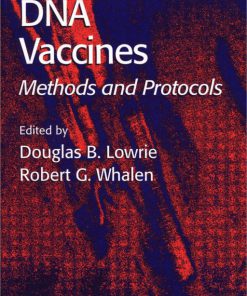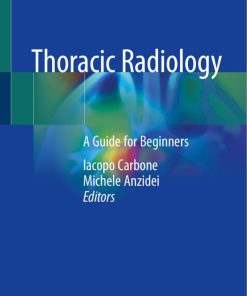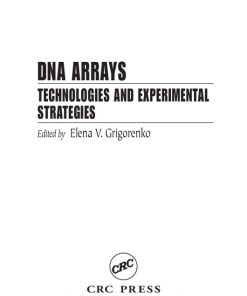LNCS 2950 Molecular Tiling and DNA Selfassembly 1ST EDITION BY Alessandra Carbone, Nadrian C Seeman ISBN 9783540207818
$50.00 Original price was: $50.00.$25.00Current price is: $25.00.
Authors:Alessandra Carbone; Nadrian C. Seeman , Tags:Aspects of Molecular Computing , Author sort:Carbone, Alessandra & Seeman, Nadrian C. , Languages:Languages:eng , Published:Published:Jan 2004
LNCS 2950 Molecular Tiling and DNA Selfassembly 1ST EDITION BY Alessandra Carbone, Nadrian C Seeman – Ebook PDF Instant Download/Delivery. 9783540207818
Full download LNCS 2950 Molecular Tiling and DNA Selfassembly 1ST EDITION after payment
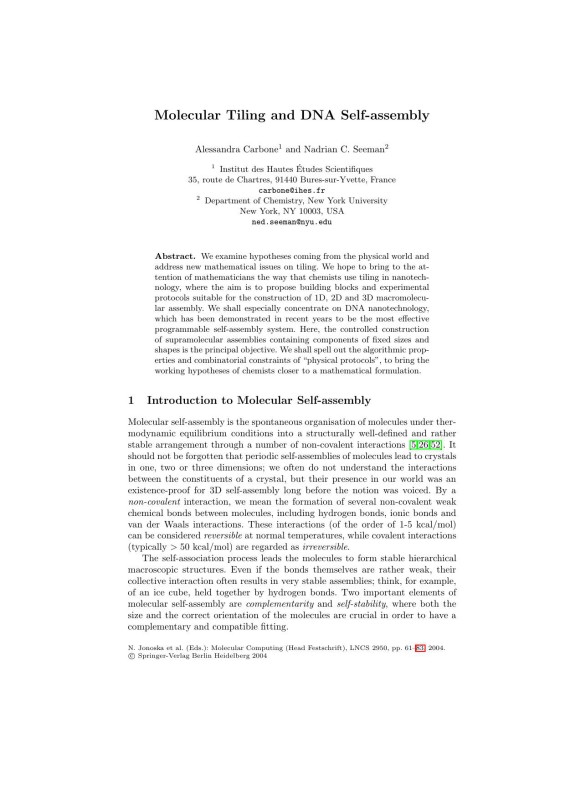
Product details:
ISBN 10:
ISBN 13: 9783540207818
Author: Alessandra Carbone, Nadrian C Seeman
We examine hypotheses coming from the physical world and address new mathematical issues on tiling. We hope to bring to the attention of mathematicians the way that chemists use tiling in nanotechnology, where the aim is to propose building blocks and experimental protocols suitable for the construction of 1D, 2D and 3D macromolecular assembly. We shall especially concentrate on DNA nanotechnology, which has been demonstrated in recent years to be the most effective programmable self-assembly system. Here, the controlled construction of supramolecular assemblies containing components of fixed sizes and shapes is the principal objective. We shall spell out the algorithmic properties and combinatorial constraints of “physical protocols”, to bring the working hypotheses of chemists closer to a mathematical formulation.
LNCS 2950 Molecular Tiling and DNA Selfassembly 1ST EDITIONTable of contents:
-
Introduction
- 1.1 Overview of Molecular Tiling and DNA Self-Assembly
- 1.2 The Role of DNA in Nanotechnology
- 1.3 Historical Context and Breakthroughs in DNA Self-Assembly
- 1.4 Objectives and Structure of the Book
-
Basic Principles of DNA Self-Assembly
- 2.1 DNA Structure and Function in Self-Assembly
- 2.2 The Concept of DNA as a Programming Language for Nanostructures
- 2.3 DNA Hybridization and Sequence Complementarity
- 2.4 Theoretical Models of DNA Self-Assembly
-
Molecular Tiling: Concept and Techniques
- 3.1 Understanding Molecular Tiling and Its Applications
- 3.2 Tiling with DNA: How It Works and Why It Is Powerful
- 3.3 Design Rules for DNA Tiles
- 3.4 Experimental Techniques in Molecular Tiling
- 3.5 Case Studies in DNA Tiling Arrays
-
DNA Nanotechnology: Building Complex Structures
- 4.1 DNA Nanostructures: From Simplicity to Complexity
- 4.2 Applications in Molecular Machines and Devices
- 4.3 DNA Origami: Folding DNA into Precise Shapes
- 4.4 DNA-Based Sensors and Molecular Circuits
-
Advanced Techniques in DNA Self-Assembly
- 5.1 Optimizing DNA Assembly Efficiency
- 5.2 Addressing Errors and Defects in DNA Self-Assembly
- 5.3 Scaling Up DNA Assemblies
- 5.4 Automated DNA Synthesis and Characterization Tools
- 5.5 Multi-Layered DNA Structures and Their Applications
-
Applications of Molecular Tiling and DNA Self-Assembly
- 6.1 DNA Computing and Information Processing
- 6.2 Self-Assembled DNA Materials for Medical and Biotechnological Applications
- 6.3 DNA-Based Drug Delivery Systems
- 6.4 Molecular Patterning for Nanoelectronics
- 6.5 DNA Self-Assembly in Environmental and Chemical Sensing
-
Theoretical Aspects of DNA Self-Assembly and Tiling
- 7.1 Mathematical Models of DNA Self-Assembly
- 7.2 Algorithmic Approaches to DNA Tiling Design
- 7.3 Computational Tools for DNA Nanostructure Design
- 7.4 Statistical Mechanics and Thermodynamics of DNA Assembly
-
Challenges in DNA Self-Assembly and Tiling
- 8.1 Structural and Computational Challenges in DNA Design
- 8.2 Overcoming Problems with Error Correction
- 8.3 Issues in Large-Scale Synthesis and Assembly
- 8.4 Integration of DNA Structures with Traditional Materials
-
Future Directions and Emerging Trends
- 9.1 DNA Self-Assembly in Synthetic Biology
- 9.2 The Future of DNA Nanotechnology in Medicine and Industry
- 9.3 Hybrid Systems: Integrating DNA with Other Nanomaterials
- 9.4 Ethical and Regulatory Considerations in DNA-Based Technologies
-
Conclusion
- 10.1 Summary of Key Concepts and Advances
- 10.2 The Impact of DNA Self-Assembly on Nanotechnology and Beyond
- 10.3 Future Prospects for Molecular Tiling and DNA Nanostructures
People also search for LNCS 2950 Molecular Tiling and DNA Selfassembly 1ST EDITION :
molecular self-assembly
self-assembly of dna is based on
biomolecular self-assembly
small molecule dna binding assay
You may also like…
eBook PDF
Computer Forensics with FTK 1st Edition by Fernando Luiz Carbone ISBN 1783559020 9781783559022




